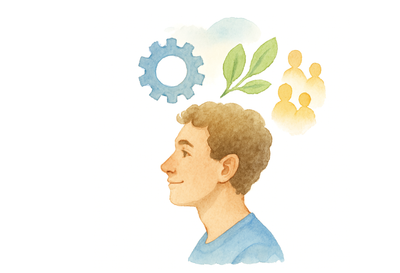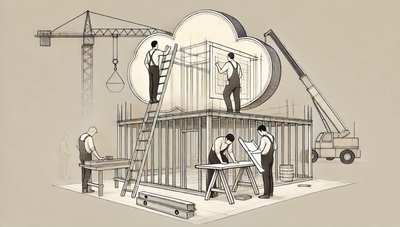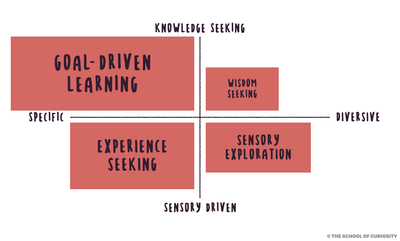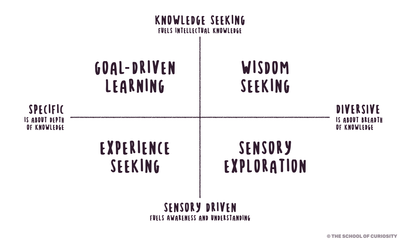Genius Loci - How to let places speak

In design today, we often talk about creating experiences.
We want people to feel something... to pause, to connect, to notice where they are. Whether it’s a park, a garden, or an archaeological site, the goal is the same: to make the invisible visible, to help visitors sense the deeper life of a place.
Yet the most powerful experiences rarely come from what we add. They come not from new things, but from our ability to connect to what is already present. To recognise the patterns, traces and moods that the land quietly holds. Design, in that sense, is less about invention than attention. It’s an act of tuning in.
A park that breathes differently because a stream once ran beneath it.
A courtyard that always catches the last light of day, as it did when Roman houses once turned their rooms toward the sun.
A field where the air feels somehow expectant, though nothing marks the reason. Except perhaps the faint curve in the grass where an ancient road once passed.
When we work this way, the designer becomes more like a listener than an author. The role is not to impose meaning but to draw it out, to give shape and form to what the place is already whispering. What emerges feels effortless, as though it had always been waiting to be found.
The Romans had a name for that kind of presence: genius loci, the spirit of place. It wasn’t metaphorical. Every location, they believed, carried its own nature. A personality to be respected and revealed. Builders began by listening: to the wind, to the slope of the land, to the way water moved.
That idea feels surprisingly contemporary.
More and more, designers, artists, and communities are finding ways to work with the landscape instead of on top of it. They begin with curiosity, not control.
Design that grows from what exists
Listening to the genius loci isn’t nostalgia.
It’s a practice of noticing patterns, memories, and atmospheres. And letting them shape what comes next.
That might mean:
- Following existing traces, like the curve of a footpath people already walk.
- Revealing old layers, as in a park where ruins or foundations are left visible.
- Working with natural rhythms, such as the direction of wind or the path of water after rain.
- Honouring what persists, from a single tree to a familiar smell or view.
When we design this way, experience emerges naturally. Visitors don’t have to be told how to feel. They sense the rightness of the place through their bodies.
Places that listen back
Some of the most compelling examples do this beautifully:

The High Line, New York – a railway reborn as a linear garden. The design didn’t erase the tracks; it grew through them. The genius loci wasn’t invented; it was rediscovered.

Kolumba Museum, Cologne – Peter Zumthor’s museum rises gently among the ruins of a bombed church. Light, silence, and time all share the same volume.

Mozesbrug, Halsteren – a bridge that parts the moat of a seventeenth-century fort so visitors can walk through water rather than over it. From above, the landscape appears untouched; from within, you experience the earth and water as one living structure. The design restores the logic of the place — defensive, watery, self-contained — while creating an encounter so quiet it feels ancient.

The Corten lookout at Stegastein, Norway – a wooden walkway that projects from the mountain and ends in glass, offering a view that feels like flight. It doesn’t compete with the fjord; it extends your body into it.
In each case, design doesn’t dominate; it listens. The result feels inevitable, as if it had always been waiting there.
Starting from now
To design for experience today is to start with presence. To ask:
- What is already meaningful here?
- What stories are stored in the land, the air, the soundscape?
- What happens if we add less and attend more?
When we begin from those questions, we move from invention to attunement.
The designer’s role becomes something like that of a translator. Making the language of the place legible to others.
When this approach succeeds, people describe a sense of calm, belonging, or quiet awe. They might not mention the design at all. Instead, they’ll say:
“It just feels right here.”
That feeling is the genius loci being heard.
Listening forward
To design from what already exists is not to limit creativity; it’s to ground it.
The genius loci for me is not a relic of ancient belief but a living practice of attention. A reminder that every site already holds the seeds of experience.
Our task is to notice them, nurture them, and let them speak.




